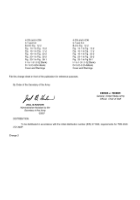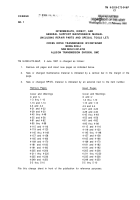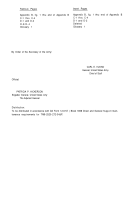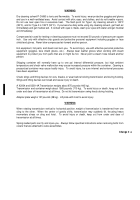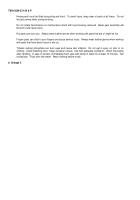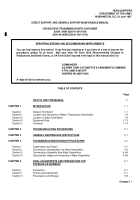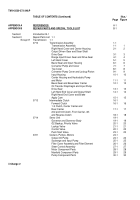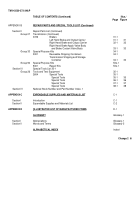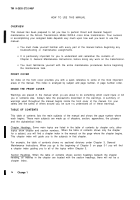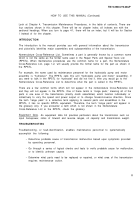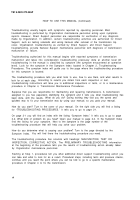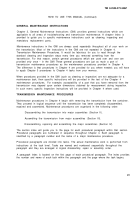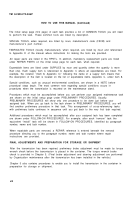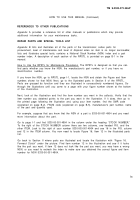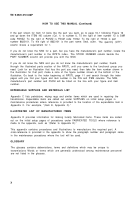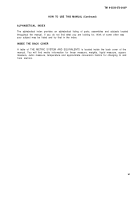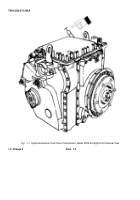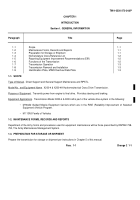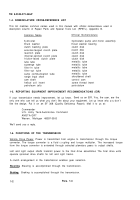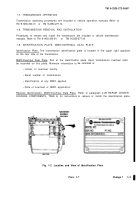TM-9-2520-272-34P - Page 14 of 488
TM 9-2520-272-34&P
HOW TO USE THIS MANUAL (Continued)
Troubleshooting usually begins with symptoms reported by operating personnel. Most
troubleshooting is performed by Organization maintenance personnel acting upon symptoms
reports. However, Direct Support personnel are responsible for verification of any diagnosis
made by Organization. In addition, certain troubleshooting activities are authorized for Direct
Support, such as testing solenoids and wiring harness after removal of the transmission top
cover. Organization troubleshooting as verified by Direct Support, and Direct Support
troubleshooting, provide General Support maintenance personnel with diagnosis of transmission
malfunction or failure.
Troubleshooting authorized for this manual begins with reported symptoms of transmission
malfunction and takes into consideration troubleshooting previously done at another level All
troubleshooting in the manual is classified by symptom (the symptom encountered at operation
level). Look for the symptom in the Symptom Index located in Chapter 2, Troubleshooting
Procedures. The symptom index will guide you to the page where the troubleshooting procedure
for this symptom is located.
The troubleshooting procedure tells you what tools to use, how to use them, and what results to
look for at each step.
According to results you obtain from each inspection or test,
troubleshooting instructions will take you to additional inspections or tests, or to a maintenance
procedure in Chapter 4, Transmission Maintenance Procedures.
Suppose that you are responsible for maintaining and repairing transmissions. A transmission
assigned to you has paperwork identifying the symptom and it tells you what troubleshooting has
been done, with the results.
What do you do? During training they told you the surest and
quickest way to fix your transmission was by using your manual, so you grab your manual.
How do you start? Turn to the cover of your manual.
On the right side you will find a listing
for “TROUBLESHOOTING PROCEDURES.” It tells you to go to page 2-1.
On page 2-1 you will find an index with the listing “Symptom Index.” It tells you to go to page
2-2. What kind of problem do you have? Open your manual to page 2-2. In the Symptom Index
find the listing for your symptom.
Next to the symptom is the page number of the
troubleshooting procedure that will help you solve your problem.
How do you determine what is causing your problem? Turn to the page directed by the
Symptom Index.
You will find there the troubleshooting procedure you need.
The troubleshooting procedure has columns with headings: MALFUNCTION, TEST OR
INSPECTION, CORRECTIVE ACTION. The PRELIMINARY TROUBLESHOOTING information
at the beginning of the procedure tells you the results of troubleshooting action already taken
by Organization maintenance personnel.
Starting at Step 1, procedures tell you what additional direct support troubleshooting action you
can take and what to look for as a result. Procedural steps, including tests and pressure checks,
continue until you reach the point where you can be told to go to a specific maintenance
procedure in Chapter 4 to fix the transmission.
vi
Back to Top

